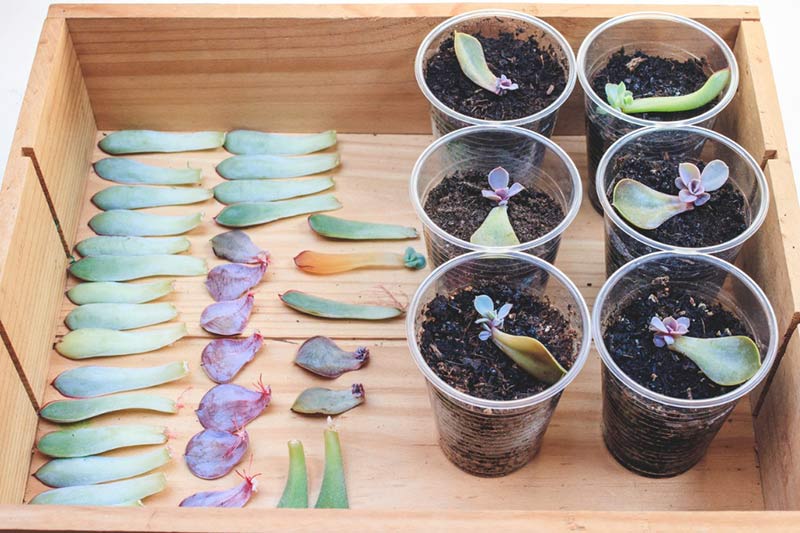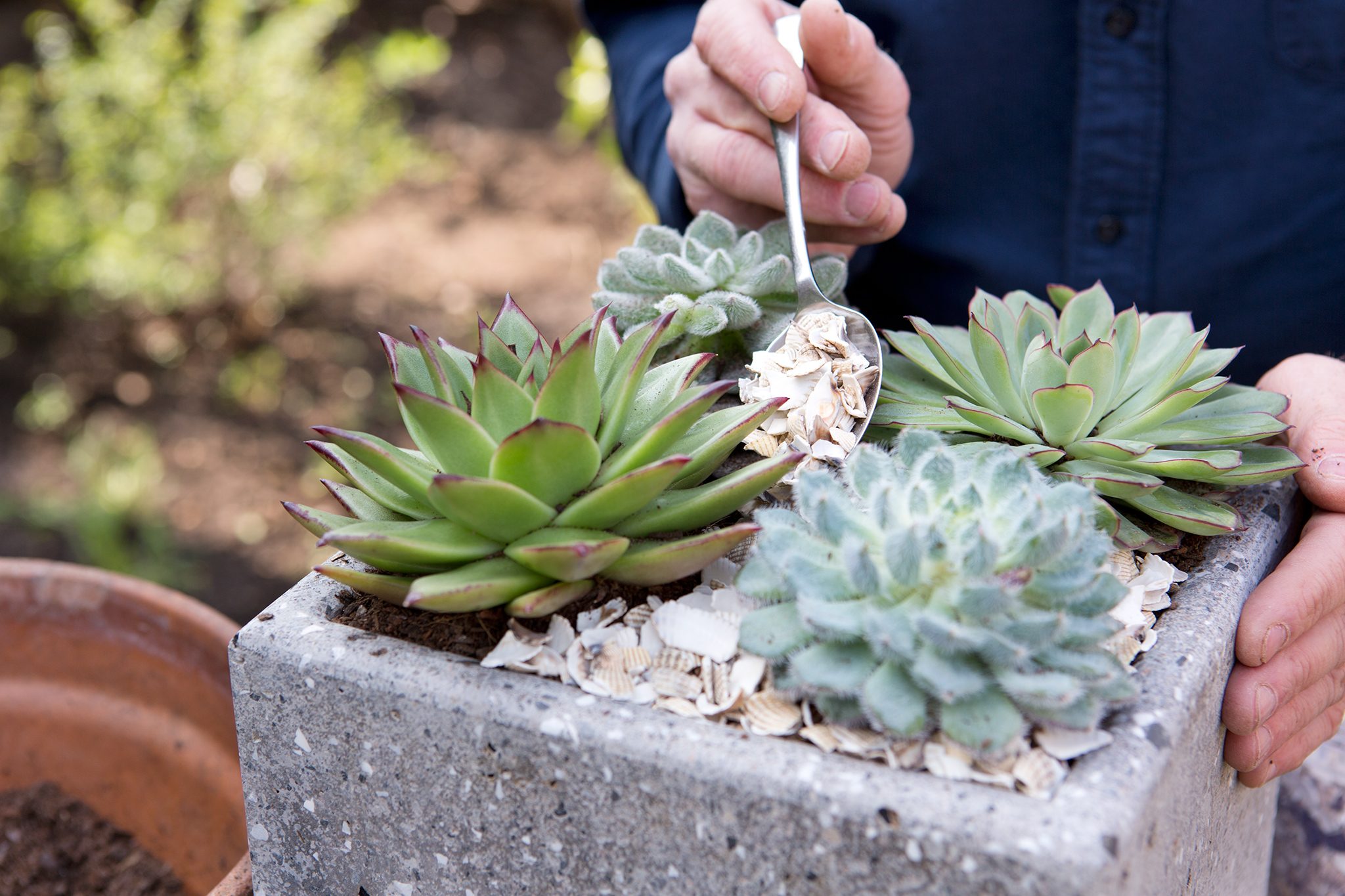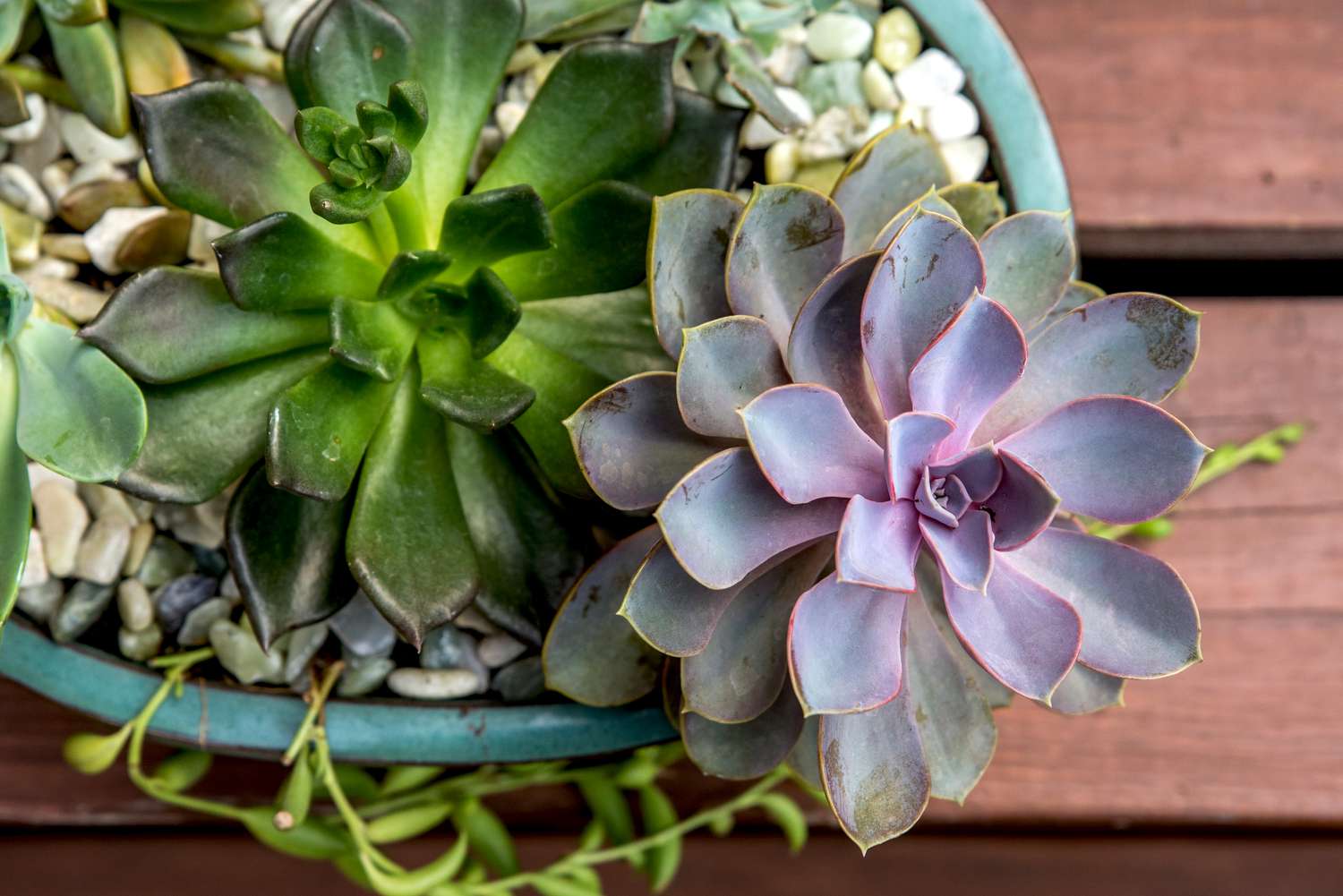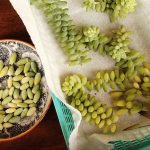There are numerous myths that circulate around succulents, often portraying them as virtually indestructible plants that can thrive in any environment. However, these myths can sometimes lead to common errors in care practices. Let’s delve into some of these misconceptions and unveil the reality behind them.
Being a dedicated succulent enthusiast, I’ve delved deep into the realm of succulent myths. Succulents seem to attract a multitude of myths that can sometimes be perplexing. As a plant category, succulents may hold the record for the highest number of enduring myths, perhaps trailing only behind houseplants.
To prevent any succulent casualties in your gardening endeavors, we’re here to debunk prevalent myths that might be misleading. While some of these myths might contain a kernel of truth, they are often blown out of proportion, blurring the lines between fact and fiction.
If you’ve fallen victim to any of these myths, you’re not alone. It’s time to join the ranks of those seeking to distinguish reality from myth.
Myth 1: They Are Impossible To Kill

The belief that succulents are ‘unkillable’ or suitable for those with less-than-green thumbs is widespread. This misconception stems from their perceived low-maintenance nature and visually striking appearance, leading many to think they are foolproof plants.
However, seasoned succulent growers know this claim is far from the truth. Giving succulents improper care or subjecting them to unsuitable environments can easily spell doom for these plants. While they may exhibit a slow decline compared to other plants, it doesn’t negate the fact that they are indeed perishing.
This misconception has discouraged many budding gardeners, causing them to abandon plant care altogether. Succulents often fall victim to either excessive attention or neglect, resulting in their premature demise.
It’s essential to note that caring for succulents isn’t inherently challenging. Once you grasp their requirements and find the perfect setting for them, they are among the most undemanding plants to cultivate. However, a few common missteps can lead to their untimely demise.
Myth 2: They Are Good Indoor Plants

The prevailing myth about succulents excelling as indoor plants is simply not accurate. This misconception often lulls beginners into a false sense of security, leading to withered and weakened plants within a short timeframe.
Indoor plants, aptly named houseplants, thrive indoors due to their tropical origins, favoring warmth and relatively high humidity levels. These plants can endure the dimmer light and low humidity characteristic of indoor spaces, being classified as shade-loving plants.
On the contrary, succulents thrive in conditions that are essentially the opposite of those found indoors. They prefer dry air to humid conditions and generally struggle in low-light settings. While they may initially hold up indoors, their slow decline remains unnoticed until it’s too late.
If you can provide a bright, well-ventilated spot with adequate sunlight, succulents can indeed prosper indoors. However, creating such conditionsmay pose a challenge.
It’s essential to provide the right indoor conditions for your succulents as inadequate settings can lead to stretching or weak growth rather than thriving.
Myth 3: All Succulents Need Full Sun

Dispelling the myth that all succulents require full sun is crucial. While desert succulents like Echeverias typically thrive in direct sunlight for their structure, tropical species like Schlumbergera, which includes holiday cacti, prefer a balance with less intense sunlight for healthy growth.
Most succulents generally prefer direct light over indirect light, but understanding the individual needs of each type is key to replicate their native environments effectively.
Myth 4: They Don’t Need To Be Watered

Succulents are known for their ability to tolerate drought, but the misconception that they can thrive without water leads to neglect in watering. Despite their water-retaining leaves and preference for dry conditions, adequate watering is essential to avoid growth issues and susceptibility to pests and diseases.
While allowing the soil to dry between waterings is suitable, remember not to let your succulents go too long without water. Shriveled leaves or stunted growth indicate a lack of watering.
Myth 5: Succulents And Cacti Are The Same Thing
Succulents are plants that store water in their leaves, including cacti, a subset of succulents.
Not technically classified by nomenclature standards, the term ‘succulent’ is a general descriptor for plants with water-storing abilities. Derived from Latin sucus for sap, this category encompasses various plant families and genera.
While cacti belong to the Cactaceae family and share water-retention traits with succulents, the two terms are not interchangeable.
Simply put, cacti fall under the broader succulent category, but not all succulents are cacti. The Cactaceae family’s water-storing properties classify them as succulents, but many other non-cacti plants also fall under this umbrella term.
Myth 6: They Can Grow In Any Soil
Succulents rely on well-draining soil and are sensitive to unsuitable soil types.
While succulents are hardy, the misconception that they can thrive in any soil type often leads to planting them in subpar conditions. Succulents are picky about soil quality, necessitating airy, well-draining soils resembling their natural environments.
Specialized succulent and cacti soil mixes, available at local nurseries, contain gritty components for enhanced drainage and root aeration. These plants dislike nutrient-poor sands but benefit from sandy soils with proper drainage.
If unsure of your soil’s suitability for succulents, conduct simple tests such as observing water drainage speed or testing soil density to ensure it is suitable for these plants.
Myth 7: They Are Tough Enough To Handle Any Climate

Contrary to the belief that succulents can withstand any climate, their tolerance depends on their native environments.In contrast to popular belief, succulents are not universally adaptable to any environment. Their ability to thrive is closely tied to the conditions they are naturally accustomed to.
While some succulents are resilient to severe cold, the reality is that not all species can endure extreme weather conditions. Understanding the specific needs of succulents is vital for their successful cultivation in various climates. Choose plants that match your climate zone to prevent damage from temperature fluctuations.
It is essential to recognize that succulents have varying preferences when it comes to climate and care. Proper research on the requirements of individual succulent species is crucial for ensuring their well-being and longevity.
Myth 8: They Need Regular Feeding

Succulents are commonly grown in containers and are often advised to be fertilized regularly. However, it’s crucial to consider that succulents prefer nutrient-poor soils in their natural habitats. Over-fertilizing these plants can lead to root and leaf damage, inhibiting their growth rather than promoting it.
While a modest amount of fertilizer can benefit succulents, excessive feeding should be avoided. An annual application of diluted fertilizer is typically sufficient to support the healthy growth of most succulents.
Myth 9: They Need Large Containers To Spread

It is a misconception that succulents require large containers to flourish. In reality, these plants prefer compact pots that encourage the development of robust root systems.
Excessive space can inhibit the growth of succulents.Contrary to popular belief, succulents are generally slow growers. While they do eventually spread, some species produce plantlets that form dense clumps in containers or beds.
The slow growth is a natural trait of most succulents. Although some may think that providing a larger container can accelerate growth, the reality is quite the opposite. Succulents prefer tight spaces with confined root systems. Too much space can lead to root spreading, stunting growth above the soil and potentially causing issues like fungal growth and root rot due to excess moisture in unreachable areas.
When repotting succulents, opt for a pot slightly larger than the current one. This will promote better growth compared to transferring them to a significantly larger container.
Myth 10: They Don’t Need To Be Pruned

Pruning is an essential aspect of succulent care, contributing to plant health, regulating growth, and managing damage.
Contrary to popular belief, succulents can benefit from regular pruning. While it may not be as frequent, pruning plays a crucial role in maintaining plant health. It is especially vital when damage or disease is observed, as trimming can enhance overall plant well-being and prevent the spread of harmful issues.
Additionally, pruning helps control growth, particularly for trailing succulents like the string of pearls. Trimming off excess growth not only relieves pressure on the roots but also improves the plant’s appearance.
While you don’t need to prune your succulents constantly, incorporating this practice into your care routine is beneficial.
Myth 11: You Can Forget About Them And They Will Still Survive

Contrary to the misconception that succulents can thrive without care, they require proper attention like any other plant. Neglecting succulents will eventually lead to their demise, necessitating the right care and environment to ensure their longevity.
Final Thoughts
Having debunked common myths about succulents, it’s essential to provide them with the care they deserve. With a little care and attention, your succulents can lead a healthy and happy life, whether grown indoors or outdoors.






